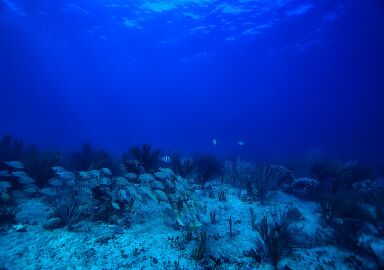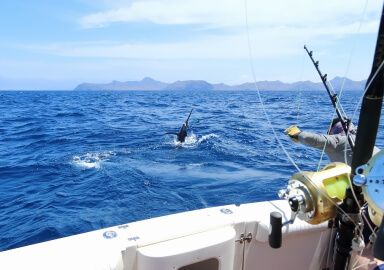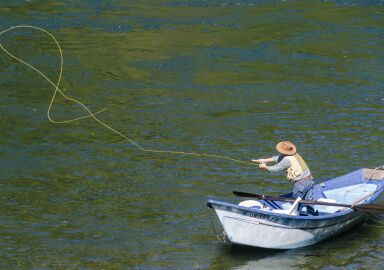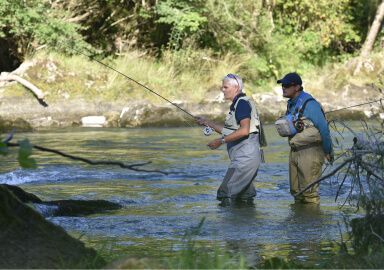Sculpin
Small but fierce, sculpins lurk on the seafloor, waiting to ambush prey - and their spines may sting the unwary angler! Handle with care, but don’t pass up their legendary flavour.
View 5 listings
5
listings
–
price starting from
2
countries
–
to the nearest trip
Where and When?
Sculpins are found worldwide, inhabiting oceans, rivers, lakes, and reservoirs. Some species can survive freezing waters, while others thrive in tropical climates. Despite their wide distribution, most sculpins are of little interest to sport anglers due to their small size. However, the larger marine species off the North American East Coast attract more attention, particularly for their delicious taste.
In this region, sculpins can be found from tidal pools down to depths of over 76 meters (250 feet). They spend most of their time sitting on rocky or weedy substrates, camouflaged and waiting to ambush prey. Unlike many bottom fish, they avoid sandy or muddy areas, preferring solid structure.
Sculpins do not migrate in large numbers, and smaller individuals tend to inhabit shallower waters, while larger specimens prefer deeper offshore habitats. They can be caught year-round, but American marine species are most active in summer, when they spawn and feed heavily. Thanks to their large eyes, sculpins likely feed both day and night, though most sport fishing occurs during daylight hours.
About Sculpin
The name sculpin refers to a vast group of bottom-dwelling fish found in both fresh and marine waters. They belong to the superfamily Cottoidea, which includes seven families, 94 genera, and over 400 species. While some are tiny freshwater fish, the most important for sport fishing are the larger marine species found along the eastern seaboard of North America.
In North America, they are known as sculpins, while in European freshwater systems, they are often called bullheads or miller’s thumbs. Regardless of the name, all sculpins share a distinct wedge-shaped body, large forward-facing mouth, and a preference for sitting on the seafloor. Many species have sharp, venomous spines, making them a hazard for careless anglers.
Sculpin coloration varies significantly. Freshwater species tend to be dull brown or grey, blending with their environment, while marine sculpins often display bright oranges and reds. Their size also differs depending on habitat. Freshwater sculpins are usually no more than 15 cm (6 in.) long and weigh around 200 g (7 oz.), whereas marine species can grow up to 60 cm (24 in.) and weigh as much as 1.8 kg (4 lbs.). Despite their small size, sculpins are effective predators, feeding on insects, crabs, shrimp, and small fish. They are mostly solitary, staying close to structure, and typically spawn in summer.
How to Catch?
While few anglers actively target sculpins, they are often caught as bycatch or sought after in areas where they are known for their exceptional table quality. Many East Coast anglers consider them "bag-fillers" due to their abundance and ease of capture. However, handling them requires caution — some species have venomous spines capable of delivering an extremely painful sting. If stung, the best treatment is to immerse or rinse the affected area in hot water, as hot as can be tolerated.
Fishing for sculpin is best done with light spinning tackle, using a fixed-spool reel and light braided line. They can be caught from shore, in tidal pools, or from small boats, though the largest specimens are usually found in deeper waters accessed by private or charter boats. The key to success is getting your bait or lure down to the bottom and keeping it near structure, where sculpins hide.
A torpedo weight with a double-dropper loop rig is a popular setup, while a lead-head dropshot rig can also be effective. Natural baits such as crab, shrimp, and fish work well, but squid is often the best choice, as it is both tough and highly attractive to sculpins. The use of braided line helps detect subtle bites, as monofilament’s stretch can make it harder to feel the fish.
Sculpin fishing may not be the most adrenaline-pumping pursuit — unless you get stung — but for those who enjoy bottom fishing, it offers hours of steady action and a truly delicious reward.






